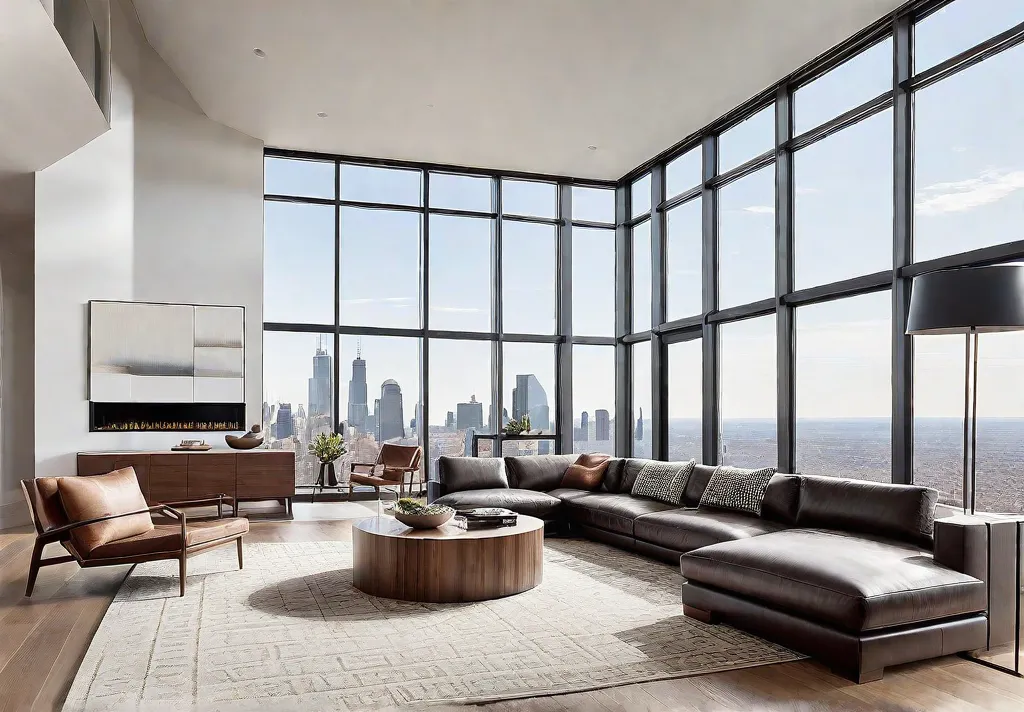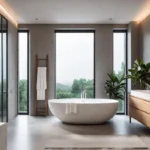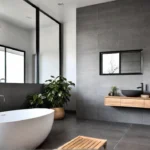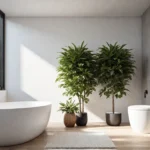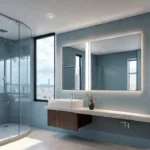As a passionate interior designer and lifestyle blogger, I constantly explore new design aesthetics to inspire conscious, intentional living. Whether you crave the serene simplicity of minimalism or the edgy allure of industrial chic, your living room should be a sanctuary that nourishes your soul.
In this comprehensive guide, we’ll journey through the most captivating design styles, from traditional decor’s timeless elegance to modern minimalism’s sleek sophistication. Brace yourself for a visual feast that will ignite your creativity and empower you to curate a living space that seamlessly blends beauty and functionality.

Get ready to discover the transformative power of design and how the right aesthetic can elevate your living room into a refreshing oasis. Let’s dive in and unlock the secrets to creating a space that reflects your unique style and values.
Exploring Modern Design
As a lover of clean lines and minimalist aesthetics, I find the modern design style to embody sophistication and functionality.
Key Elements of Modern Design
At its core, modern design emphasizes simplicity and streamlined forms. Furniture pieces often feature sleek, angular silhouettes devoid of excessive ornamentation. The emphasis is on functionality, with every element serving a purpose. Natural materials like wood, leather, and metal are frequently incorporated, adding warmth and texture to the space.
Modern Color Palettes and Textures
Modern design embraces a neutral color palette, with shades of white, gray, and beige taking center stage. However, pops of bold, saturated hues are often used as accent colors, creating a striking contrast. The texture is crucial in modern spaces, with natural materials like wood, stone, and concrete adding depth and interest.
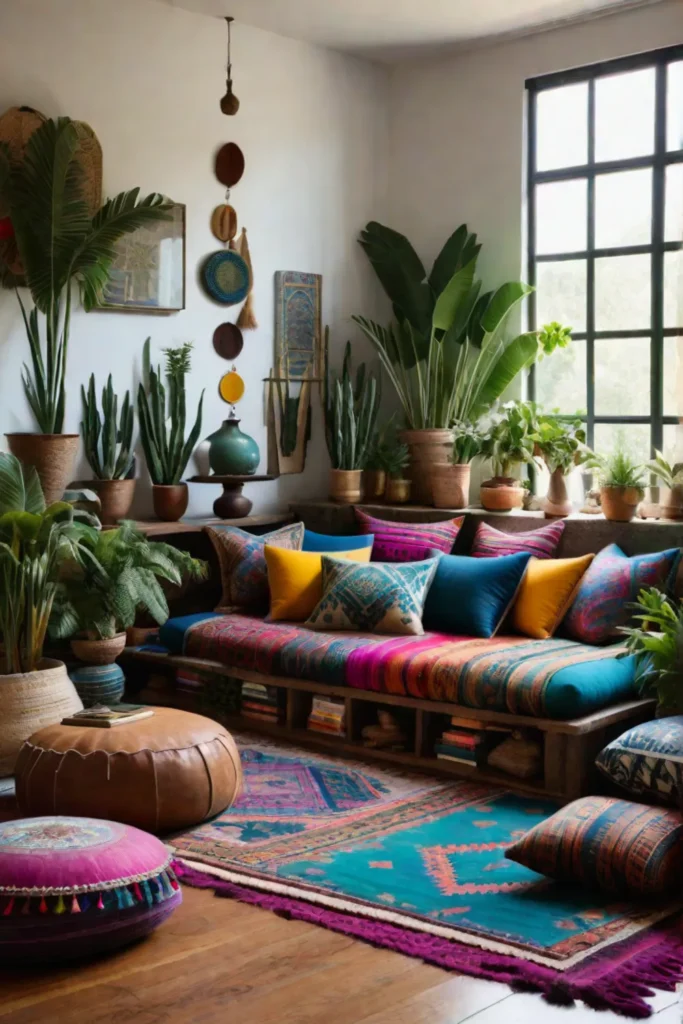
The Evolution of Modern Design
Interestingly, the modern design movement originated in the late 19th and early 20th centuries, significantly influencing the Bauhaus school of thought. This movement rejected the ornate and excessive styles of the past, embracing a more streamlined and functional approach to design.
Consider incorporating furniture with clean lines and a neutral color palette to achieve a modern living room aesthetic. Incorporate natural materials like wood and leather, and don’t be afraid to add pops of bold color through accent pieces or artwork. Keep the space clutter-free and embrace open floor plans and large windows, allowing natural light to flood the space.
Technology has played a significant role in modern design, with advancements in materials and manufacturing techniques allowing for more innovative and functional designs. Additionally, the rise of smart home technology has influenced the integration of sleek, minimalist elements into modern living spaces.
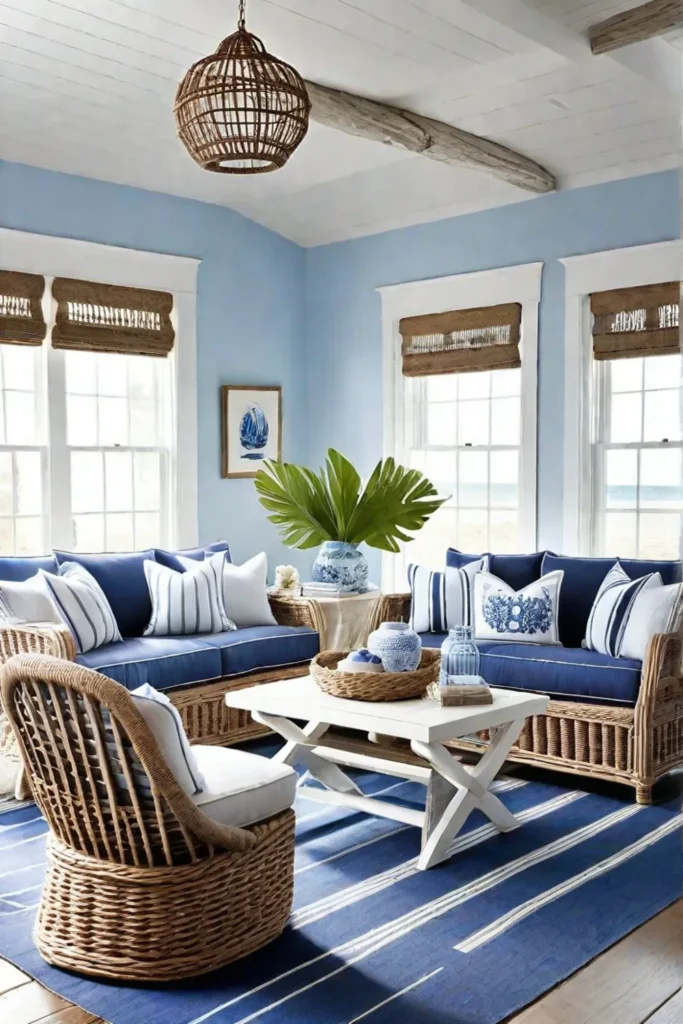
While modern and contemporary design styles share some similarities, key differences exist. Contemporary design is more fluid and evolving, often incorporating elements from various styles, while modern design adheres to a specific set of principles rooted in the early 20th century.
The key takeaway is that modern design prioritizes functionality and simplicity, often featuring clean lines, neutral colors, and natural materials. It’s a style that resonates with those who appreciate a clutter-free, minimalist aesthetic while still embracing warmth and texture.
As we delve into the next section, we’ll explore the world of contemporary design, where innovation and individuality take center stage.
Identifying with Contemporary Style
As a trendsetter and design enthusiast, I fithe nd contemporary style a refreshing blend of current aesthetics and functional living. It’s a style that embraces the present while anticipating the future.

Characteristics of Contemporary Living Rooms
Contemporary living rooms are all about clean lines, minimalist accents, and a focus on open spaces. Think sleek furniture, muted color palettes, and an emphasis on texture and geometric shapes. However, contemporary design isn’t rigid; it allows for a playful mix of materials and styles, creating a unique and personalized space.
Balancing Comfort and Style
While contemporary living rooms exude a certain level of sophistication, they’re also designed with comfort in mind. Plush sofas, cozy throws, and warm lighting create an inviting atmosphere that encourages relaxation. The key is striking a balance between stylish elements and functional pieces that make the space livable and welcoming.

Embracing Sustainability
One aspect that separates contemporary design is its focus on sustainability and eco-friendliness. Many modern pieces are crafted from recycled or renewable materials, and the emphasis on minimalism helps reduce waste. As a conscious consumer, I appreciate this commitment to environmental responsibility.
Contemporary design reflects our fast-paced, ever-evolving world by embracing current cultural trends and technological advancements. Smart home features, for instance, are seamlessly integrated into modern living spaces, enhancing both functionality and aesthetics.
In summary, contemporary style is a dynamic and adaptable approach that allows personal expression while keeping up with the latest design trends. It celebrates the present moment while looking ahead to the future.

Let’s delve into the timeless elegance of traditional design in the next section.
Creating through Traditional Elegance
As a lover of classic design, I find traditional living rooms to be a timeless expression of elegance and sophistication. These spaces evoke a sense of warmth and richness that instantly makes you feel at home.
Essential Elements of Traditional Design
At the heart of traditional design lies symmetry, balance, and intricate details. Dark wood furniture with ornate carvings and luxurious fabrics like silk and velvet create a sumptuous atmosphere. Warm color palettes featuring deep reds, greens, and gold are often accented with metallic finishes in gold or silver.

Adding Traditional Touches to Your Space
Choose furniture with classic lines and rich finishes to infuse your living room with traditional charm. Incorporate antique or vintage pieces to add a sense of history and character. Decorative elements like wainscoting, crown moldings, and chandeliers can instantly elevate the space. Don’t be afraid to layer patterns and textures, but maintain a cohesive color scheme.
Blending the Past and Present
While traditional design is rooted in European styles like French Country and English Manor, it has evolved to embrace modern sensibilities over time. Antique furniture and family heirlooms are often seamlessly integrated with contemporary pieces, creating a harmonious blend of old and new. The key is to strike a balance between the two, ensuring the space feels timeless and fresh.

Traditional living rooms exude refined elegance that never goes out of style. By embracing symmetry, rich details, and a warm color palette, you can create an inviting and sophisticated space.
Minimalist Living Room
As a lover of clean lines and open spaces, I find minimalism the epitome of sophistication in home decor. This aesthetic strips away the unnecessary, leaving only the essentials to create a serene and calming environment.
Decluttering and Simplifying
The first step in achieving a minimalist living room is decluttering and simplifying. Embrace the art of letting go and part ways with items that no longer serve a purpose or bring you joy. This process can be liberating, allowing you to breathe new life into your space.
Minimalist Furniture and Accessories
When it comes to furniture and accessories, less is truly more. Opt for pieces with clean lines and a sleek, understated design. A neutral color palette of blacks, whites, and grays creates a sense of harmony and tranquility. Incorporate natural elements like wood, stone, or plants to add warmth and texture without overwhelming the space.

Embracing Open Spaces
Minimalism is all about creating a sense of openness and flow. Avoid cluttering your living room with too many pieces of furniture or unnecessary decor. Instead, embrace negative space and let your eye rest on the clean lines and simple forms. Natural light is your ally, so maximize it by keeping windows unobstructed.
Minimalism’s roots can be traced back to Japanese design principles, which revered simplicity and functionality. The minimalist movement gained popularity in the 1960s, offering a refreshing contrast to the excess of the time. Today, it remains a timeless and sophisticated choice for those seeking a sense of calm and well-being in their living spaces.
Practical tips for achieving a minimalist living room include choosing furniture with simple, clean lines, keeping the space free of clutter, using a limited color palette, incorporating natural light and open spaces, and selecting functional furniture and accessories.
How does minimalism promote a sense of calm and well-being? By eliminating visual clutter and embracing simplicity, minimalism allows your mind to rest and focus on the present moment. The clean lines and open spaces create a sense of order and tranquility, reducing stress and promoting relaxation.

While the minimalist aesthetic is undoubtedly appealing, maintaining a living space can be challenging. It requires a constant commitment to decluttering and resisting the temptation to accumulate unnecessary items. However, the sense of peace and serenity it provides makes the effort worthwhile.
The minimalist design prioritizes simplicity and functionality, creating a calm, clutter-free environment that fosters a sense of well-being. Its neutral color palette and clean lines offer a timeless and sophisticated approach to living room design.
Embracing the industrial chic aesthetic is a bold and edgy departure from minimalism. It infuses your living space with raw, urban elements and a touch of gritty charm.
Industrial Chic
As an expert in home decor, I love the industrial chic aesthetic. It’s a bold and edgy style that celebrates raw materials and exposed elements, creating a unique and visually striking living space.
Industrial Design Elements
The industrial style embraces factories and warehouses’ unfinished and practical aspects. Exposed brick walls, ductwork, and pipes are common features that add character and texture to the space. Metal, wood, and leather are the go-to materials, lending an industrial vibe while allowing for warmth and comfort.

Creating an Industrial Atmosphere
To achieve an authentic industrial atmosphere, repurposed and vintage elements must be incorporated. Reclaimed wood beams, metal light fixtures, and even old machinery parts can seamlessly integrate into the design. A neutral color palette of grays, blacks, and browns provides the perfect canvas for pops of vibrant color, creating a balanced and visually striking environment.
Balancing Aesthetics and Functionality
One of the things I love most about industrial design is how it seamlessly blends aesthetics and functionality. The raw materials and exposed elements look incredibly cool and serve practical purposes. For instance, the exposed pipes and ductwork can be functional while adding visual interest to the space.
Answering the key question, the industrial design differs from the rustic style’s emphasis on urban and industrial elements rather than the natural and earthy tones of rustic decor. While both styles incorporate raw materials, industrial design has a more edgy and modern vibe, while rustic leans towards a cozy and warm aesthetic.

The key takeaway is that industrial chic embraces raw materials and exposed elements, creating a unique, edgy aesthetic that perfectly balances form and function. With its neutral color palette and repurposed materials, this style is a fantastic way to add character and personality to your living room.
Conclusion:
As we bid farewell to our exploration of living room design styles, I hope you feel inspired to embrace your authentic aesthetic and curate a space that resonates with your soul. Remember, true style transcends trends – expressing individuality, values, and life journey.

Whether you gravitate towards the clean lines of modern design, the cozy warmth of traditional elegance, or the bold industrial edge, the key is to approach your living room as a blank canvas. Let your creativity flow; don’t be afraid to mix and match elements that speak to you. After all, your living room should be a sanctuary that nurtures your well-being and ignites your passion for intentional living.
So go forth, my fellow design enthusiasts, and fearlessly unleash your unique style. Surround yourself with beauty, functionality, and elements that bring you joy. Ultimately, the true essence of design lies not in following rigid rules but in creating a space that reflects the authentic, conscious, and vibrant life you envision.
